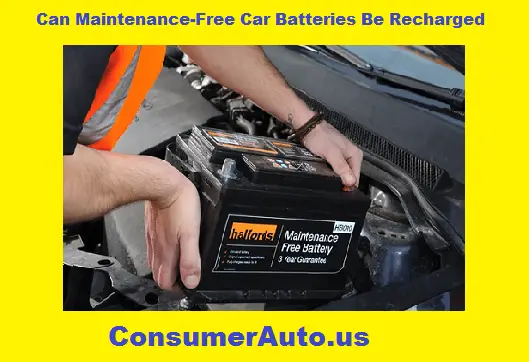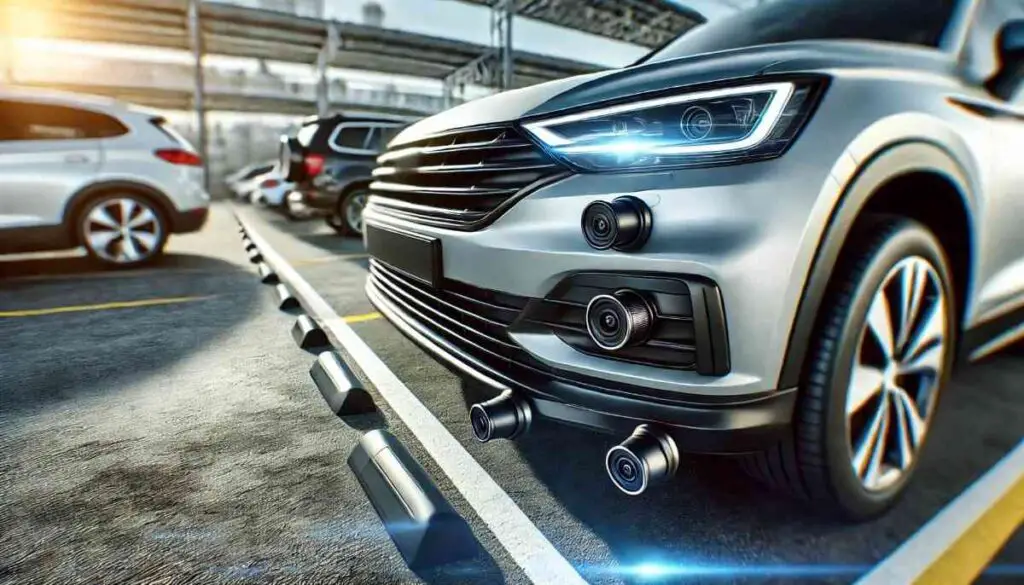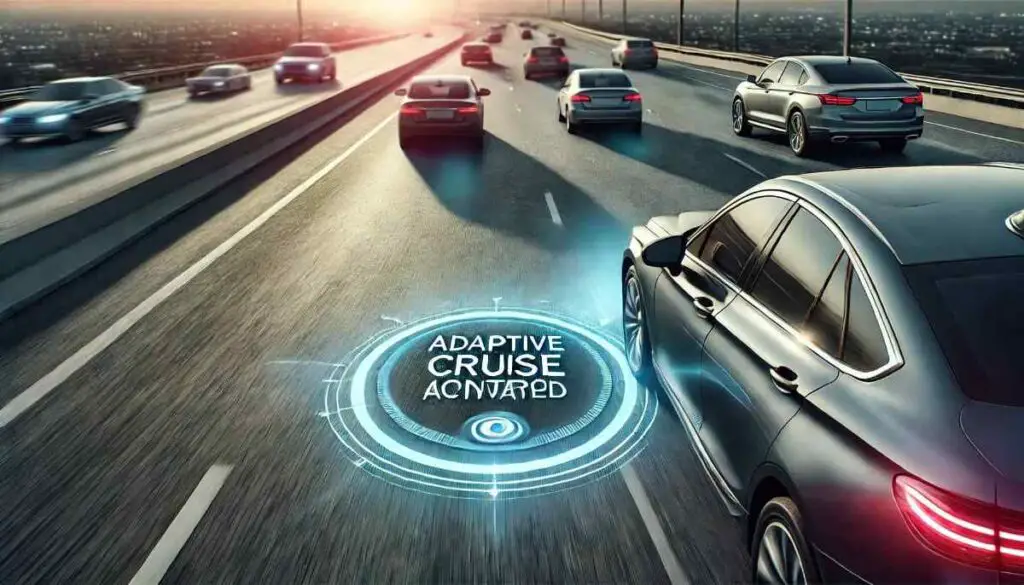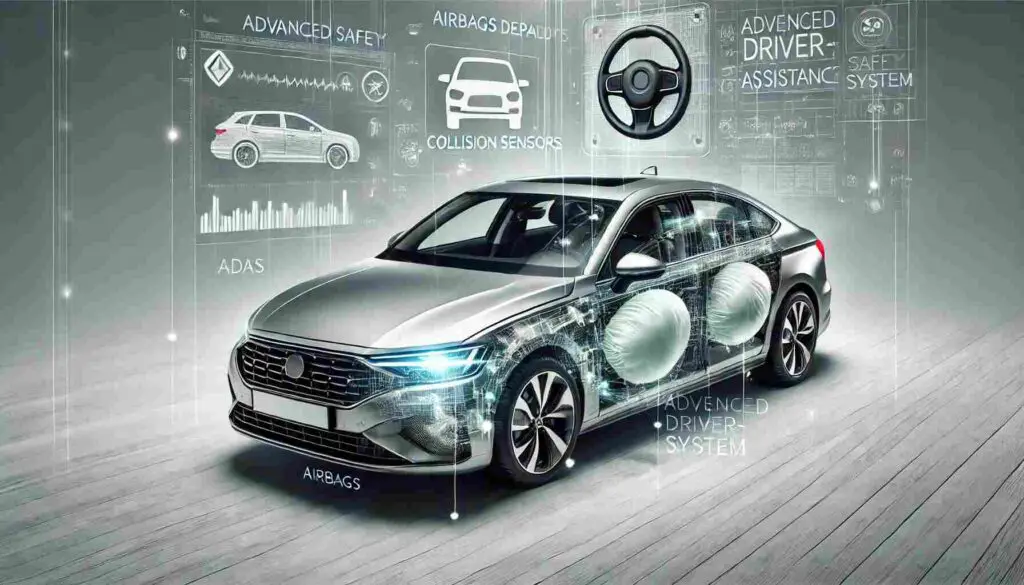In the world of automotive technology, maintenance-free car batteries have become a popular choice due to their convenience and longevity. These batteries offer a hassle-free solution, eliminating the need for regular water addition and the associated maintenance tasks that traditional batteries demand. In this comprehensive guide, we delve into the intriguing question: Can maintenance-free car batteries be recharged? We’ll provide a step-by-step process for effectively recharging these batteries and address common questions surrounding the topic.
Understanding Maintenance-Free Car Batteries
Maintenance-free car batteries are designed to minimize the need for maintenance tasks commonly associated with conventional batteries. Unlike their traditional counterparts, these batteries come with a sealed design that prevents the evaporation of water, eliminating the requirement to periodically add water. This sealed design not only simplifies maintenance but also contributes to their longer lifespan compared to traditional batteries.
Advantages of Maintenance-Free Batteries
Maintenance-free batteries offer several advantages:
- No Water Addition: As mentioned earlier, maintenance-free batteries do not require the regular addition of water, making them more convenient for vehicle owners.
- Sealed Design: The sealed casing prevents the escape of electrolyte, reducing the risk of leaks and spills.
- Longer Lifespan: Due to reduced water loss and improved design, maintenance-free batteries tend to have a longer lifespan.
- Reduced Corrosion: The sealed design also contributes to a decrease in terminal corrosion.
Differences from Conventional Car Batteries
While maintenance-free batteries share similarities with traditional batteries, the absence of removable caps and the sealed casing are distinguishing features. Additionally, the internal chemistry may differ, contributing to their distinctive characteristics.
How Maintenance-Free Car Batteries Work
Maintenance-free car batteries operate based on electrochemical reactions that generate electricity. These batteries typically utilize lead-acid chemistry to store and release energy efficiently.
The battery’s internal structure comprises lead plates immersed in an electrolyte solution. During discharge, a chemical reaction occurs between the lead plates and the electrolyte, producing electrical energy to power the vehicle. The sealed design ensures that the electrolyte remains contained, eliminating the need for water addition.
The Importance of Recharging
While maintenance-free batteries are designed to minimize maintenance tasks, they can still experience discharge over time. Several factors contribute to battery discharge, including parasitic loads (such as electronic components drawing power even when the vehicle is off) and temperature fluctuations. To ensure the longevity of your maintenance-free battery, regular recharging is essential.
Recharging Process for Maintenance-Free Car Batteries
Gather the Necessary Tools and Equipment
Before embarking on the recharging process, gather the following items:
- Maintenance-free battery charger
- Safety goggles and gloves
- Wrench or pliers
- Safety manual provided with the charger
Safety Precautions
Safety should always be a top priority during battery recharging. Adhere to the following precautions:
- Work in a well-ventilated area to prevent the accumulation of potentially explosive gases.
- Wear safety goggles and gloves to protect against corrosive chemicals.
Selecting the Right Charger
Select a charger specifically designed for maintenance-free batteries. These chargers are equipped to handle the unique requirements of these batteries, ensuring safe and efficient recharging.
Preparing the Battery
Before connecting the charger, follow these steps:
- Switch off the vehicle: Ensure the ignition is turned off to prevent any electrical interference during the charging process.
- Inspect the battery: Check for any visible damage, leaks, or corrosion on the battery terminals. Clean the terminals if necessary.
Connecting the Charger
Follow these steps to connect the charger:
- Position the charger: Place the charger in a safe and well-ventilated area.
- Attach the clamps: Connect the positive (red) clamp to the positive terminal and the negative (black) clamp to the negative terminal. Ensure a secure connection.
Charging Process
The charging process typically involves several phases:
- Bulk Charge: In this phase, the charger delivers a high current to rapidly charge the battery.
- Absorption: The charger reduces the current while maintaining a constant voltage. This allows the battery to absorb more charge.
- Float Charge: Once the battery is nearly fully charged, the charger switches to a lower voltage to maintain the battery’s charge without overcharging.
The charging time can vary depending on the battery’s state of charge and the charger’s specifications. Refer to the charger’s manual for an estimated charging time.
Monitoring the Charging
During the charging process, monitor the battery and charger for any unusual signs, such as excessive heat or sparks. Additionally, check the charger’s indicator lights to track the progress.
Completing the Recharge
To determine if the battery is fully charged, monitor the charger’s indicator lights or voltage readings. Once the battery is fully charged, follow these steps:
- Switch off the charger: Disconnect the charger from the electrical outlet before disconnecting it from the battery.
- Remove the clamps: Start by removing the negative (black) clamp followed by the positive (red) clamp.
Frequently Asked Questions (FAQs)
Q1: Can a maintenance-free car battery be recharged at home?
A: Yes, maintenance-free batteries can be recharged at home using a compatible charger.
Q2: What happens if I use a regular charger on a maintenance-free battery?
A: Using a regular charger may not provide the appropriate charging profile for maintenance-free batteries, leading to inefficient charging or potential damage.
Q3: How often should I recharge a maintenance-free car battery?
A: Recharge the battery when its charge level drops below 50%, or as recommended by the manufacturer.
Q4: Can I jump-start a maintenance-free battery?
A: Yes, jump-starting is possible, but it’s advisable to follow the manufacturer’s recommendations.
Q5: What are the signs of a completely discharged maintenance-free battery?
A: Dim lights, difficulty starting the engine, and clicking sounds are common signs of a discharged battery.
Q6: Can I recharge a maintenance-free battery while it’s still in the car?
A: Yes, you can recharge the battery while it’s in the car, as long as you follow safety precautions.
Q7: Is overcharging a maintenance-free battery dangerous?
A: Yes, overcharging can lead to electrolyte loss and damage to the battery. Follow proper charging procedures.
Q8: Can a maintenance-free battery be recharged if it’s been completely dead for a long time?
A: It’s possible, but there’s a risk that the battery’s capacity may be reduced. Consult a professional if needed.
Q9: Do I need to remove the battery from the car to recharge it?
A: Not necessarily. You can recharge it in the car, but ensure proper ventilation and safety precautions.
Q10: Can I use a solar charger to recharge a maintenance-free battery?
A: Yes, solar chargers designed for automotive batteries can be used to recharge maintenance-free batteries.
Conclusion
In conclusion, the question of whether maintenance-free car batteries can be recharged is met with a resounding affirmative. Through this comprehensive guide, we’ve explored the inner workings of maintenance-free batteries, discussed the importance of recharging, and provided a step-by-step process for effective recharging. By adhering to the outlined safety precautions and following the recommended procedures, vehicle owners can ensure the longevity and optimal performance of their maintenance-free batteries. Remember that while these batteries simplify maintenance, regular attention and care remain essential to maximize their lifespan and efficiency.







